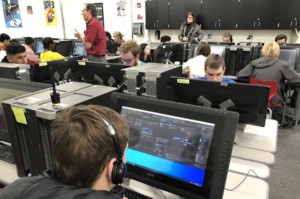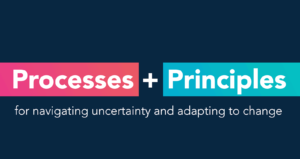RttT Plans: Detailed, Compliant, Insufficient
I spent the last two days reading Race to the Top plans. Here’s a few observations:
1. The plans are comprehensive and detailed. They all slavishly follow the Department of Education scoring rubic. As I’ve repeatedly said, RttT is a great program, but this isn’t ‘loose on means’.
2. School improvement is complicated work. After acknowledging that failing schools signal district problems, the New York application notes all of the variables that need to be addressed in school improvement:
To improve student achievement, persistently lowest-achieving schools must typically address most, if not all, of the following: low academic standards, inadequate instructional leadership, curriculum deficiencies, ineffective instructional methods, many inexperienced teachers, lack of alignment between professional development and staff needs, assessment data not used to plan instruction, inefficient use of time, lack of parent and community involvement, ineffective classroom management practices, lack of strategic social supports and effective college goal setting with students.
3. RttT represents an aggregation of good ideas within the current frame—to some extent, it’s an overlay on a dysfunctional underlying system under severe financial stress. It won’t change the anachronistic American education governance labyrinth. It will make things better, it won’t give us the schools our kids deserve.
4. Executing these plans will be a monumental challenge for state departments of education with little capacity. Most applicants have done a pretty good job of stringing together temporary capacity but usually reporting to a Rube Goldberg-like matrix.
5. RttT pushes big challenges to districts; at the top of the list is renegotiating labor contracts. As NY Commissioner David Steiner summarizes, their new evaluation system is largely a suggestion:
To ensure that every student is well taught, teacher evaluation must be transparent, fair and demanding. We propose that teachers’ unions and district administrators use student growth, among multiple measures, in performance- based teacher evaluations.
6. Scoring these will be a challenge. There’s lots of room for judgment. There are lots of promises and lots of verbs like “develop” and “create” that imply a great deal. The mostly insider mystery judges have their work cut out to attempt to validate and score the compendiums of competing claims.








0 Comments
Leave a Comment
Your email address will not be published. All fields are required.